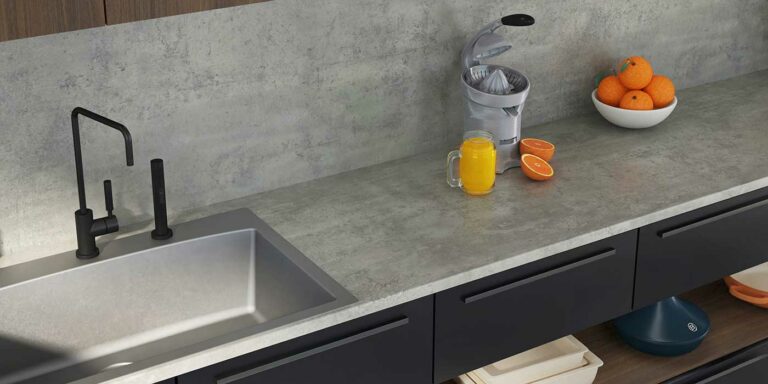Painting a room is not difficult but thorough prep work and taking your time will be the difference between a good paint job and a great paint job. Here are tips & tricks to help you work more efficiently with better results.
Prep, prep, prep
Spending time to properly prepare a room to paint will save you big time in the long run. The actual process of putting paint on the walls will take less time than the time you spend preparing.
Start with a smooth, clean surface
Use a trouble light on an angle to find surface imperfections, fill with compound, sand smooth and feather the edges. Next, vacuum dust from the entire surface and use a dry paint brush to dig out stubborn dust from nooks and crannies.
Primer – seal stains
Use a primer/sealer on any water or oil stains to prevent “bleeding” through the finish coat.
Protect everything
Remove as much furniture as you can and cover all remaining surfaces with drop cloths. This will allow you to maneuver quickly around the room and you won’t have to stop to clean up drips that have fallen.
Use painter’s tape
Don’t make the mistake of using masking tape instead of painter’s tape. Painter’s tape has been specifically designed to give a clean, professional edge with no paint bleed and will not leave residual adhesive. You will not get the same result with masking tape.
Don’t dip brush too far
Only dip the bristles of your paint brush 1/3 of the way into the paint. Dipping too far will load too much paint on your brush causing drips. Also, the paint at the top of the bristles will start to dry out and could destroy the brush.
Roll in multi directions
Visible overlap marks from a paint roller will ruin a paint job. It’s better to role your paint in many directions to cover.
Ceiling, trim, then walls
Painting ceilings first allows you to cover any excess ceiling paint with wall and trim paint. Painting the trim next allows you to cover excess trim paint with wall paint.
Paint walls in small sections
With your loaded paint roller, paint a large W on the wall that is no bigger than 4 or 5 feet, then double back and fill in. Overlap each area so you don’t have blank spots in between. When you paint your second coat, shift the 4 or 5 foot area so that they are staggered and not directly on top of the first coat.
Two coats are better than one
If you find that you are not getting good paint coverage, do a second coat. It’s better to paint two thin coats and not a single, sloppy, thick coat that results in drips and runs.
Use painter’s caulk
This step is often overlooked and is one of the best ways to get a professional paint finish. Fill cracks and gaps with paintable painter’s caulk and carefully remove the excess. This can be done either before or after painting. Keep in mind that it’s sometimes easier to see cracks and gaps after everything has been painted.
Visit the painting experts at your local TIMBER MART for more painting tips, tricks and expert advice for your next paint project.



